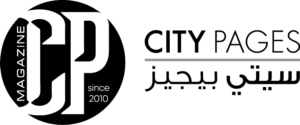Founder And Lead Architect Of Nisreen Kayyali Consulting Engineers
Meet Nisreen Kayyali – a Jordanian-Palestinian by origin and an architect by design.
Over the last two decades, Nisreen has founded and led two consultancy firms and carved a unique place for herself in the Arab world of contemporary architecture.
Her work combines the latest technology and the best of sustainable practices and showcases my individuality in design.Nisreen tells stories through architecture and has long mastered the art of fusing client vision with their story. She says that “we also imbue strong cultural influences on to the structures we build”. To date, Nisreen has completed over 500 projects that range from large airports and aircraft maintenance facilities to hotels, large scale residential and commercial buildings, and private villas and mansions.
She has always been deeply inspired by the American architect, Frank Lloyd Wright. And just like him, throughout her career, She has sought out a deeper understanding of human psychology as well as design and construction. She believes that lifelong learning and a deep hunger for growth lies at the heart of all human progress. It is what got her to where she is today.

Nisreen started her career working for some of the largest architectural firms in Jordan. But she always had the entrepreneurial itch and knew that it’s just a matter of time before she stepped away from employment to ‘do her own thing’. She started her first practice in 1999. And in just a few short years earned the title of Consulting Engineer thanks to the quantity and quality of projects she was working on. In 2016, Nisreen expanded to the UAE and laid the foundation of her firm in Dubai, which is now also the headquarters of Nisreen Kayyali Consulting Engineers.
Can you tell us about your academic background?
I acquired my undergraduate degree in Architecture from the University of Jordan (Amman) in 1997. At the time, I was also selected to complete an architectural program in Brazil. When in university, I was voted as ‘most likely to succeed’.
Having established and successfully led two consulting firms in the last 20 years, I’m proud to say that I’ve lived up to that title. I subsequently paved my path in architecture and built a stellar reputation for the firm in the MENA region.
Did you always know that architecture was your true calling? How did you find your way into this field?
I knew architecture was my passion from the very beginning. And, when you’re passionate about something, it naturally makes for a great profession. This is because you enjoy the work and everything else about the process. My father worked as a contractor and was involved with the construction business which is how my fascination with architecture started very early in life. I was always captivated with the designs and the drawings he used to work on.
When I started university, I decided to pursue engineering instead of becoming an architect. But after my first year at college, I realized my mistake. I wasted no time in changing my major and taking up architecture instead of engineering.
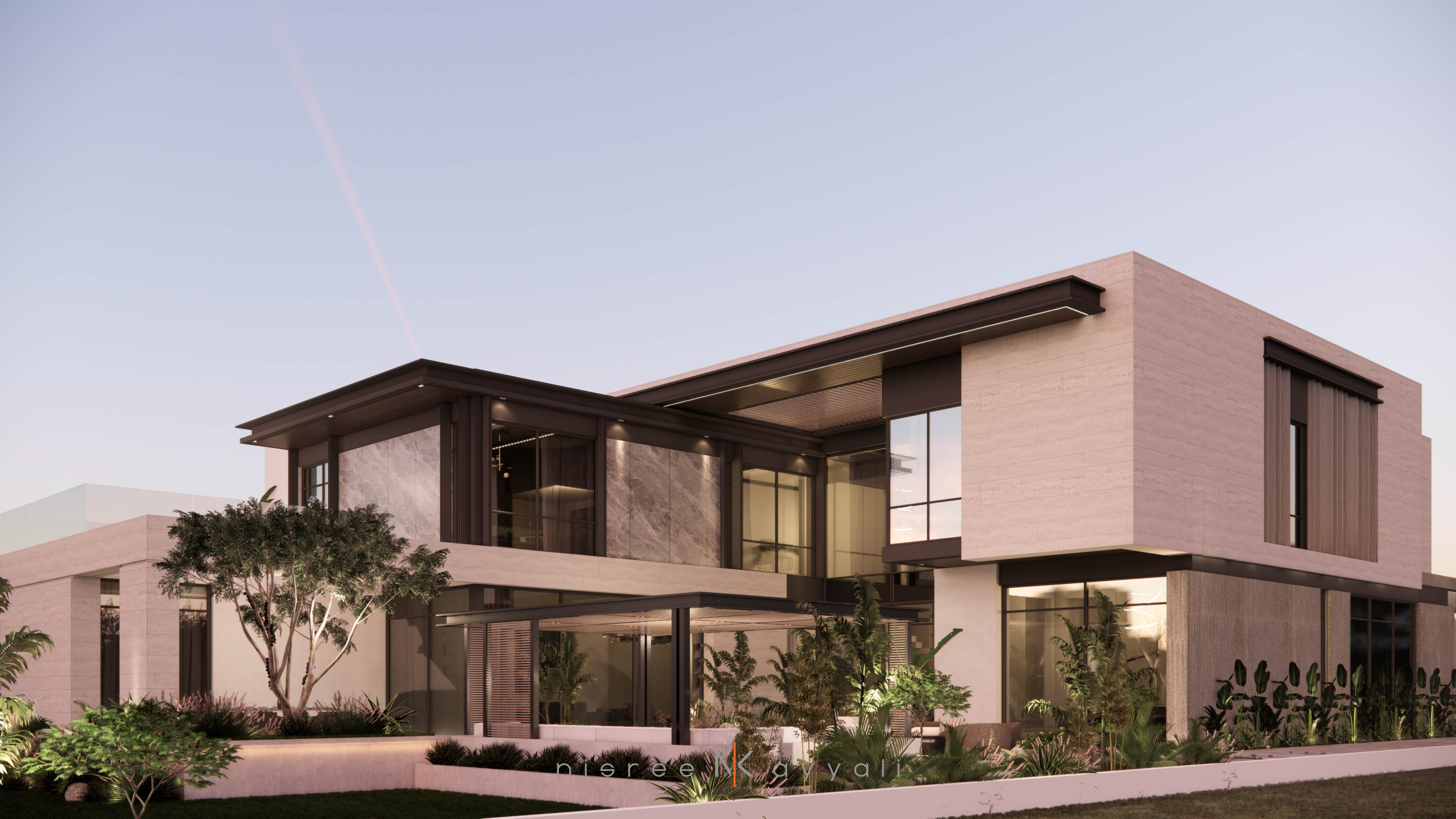
Can you share some insight about your major projects? How do they reflect your goals?
My work portfolio is very diverse. In Jordan, I used to work on big buildings, mega projects, compounds, airports, facilities, and such. In Dubai, our focus is mostly on residential projects like villas and apartment buildings. My goal has always been to reach my full potential as an architect. I believe I do that regularly through the kind of projects I undertake and by creating awe-inspiring structures for my clients.
When did you start your own firm and what made you do so?
I started my own firm in 1999, just two years after I graduated from university. I was still very young and had a lot to learn. But I believe it was one of my best decisions and I’ve never looked back. When working for other companies, I remember never feeling fulfilled or satisfied. I felt I had so much more to give. I wanted to be free and work on truly ‘creating’ without restrictions. Building my own firm was a natural next step for me.
What does your desk/working space look like?
My desk looks very neat first thing in the morning but as the day wears on, the piles of papers and documents start growing and it gets messy. I still enjoy drawing sketches by hand. And I prefer paper over the screen. Nevertheless, our work requires us to work on screens a lot too, obviously.
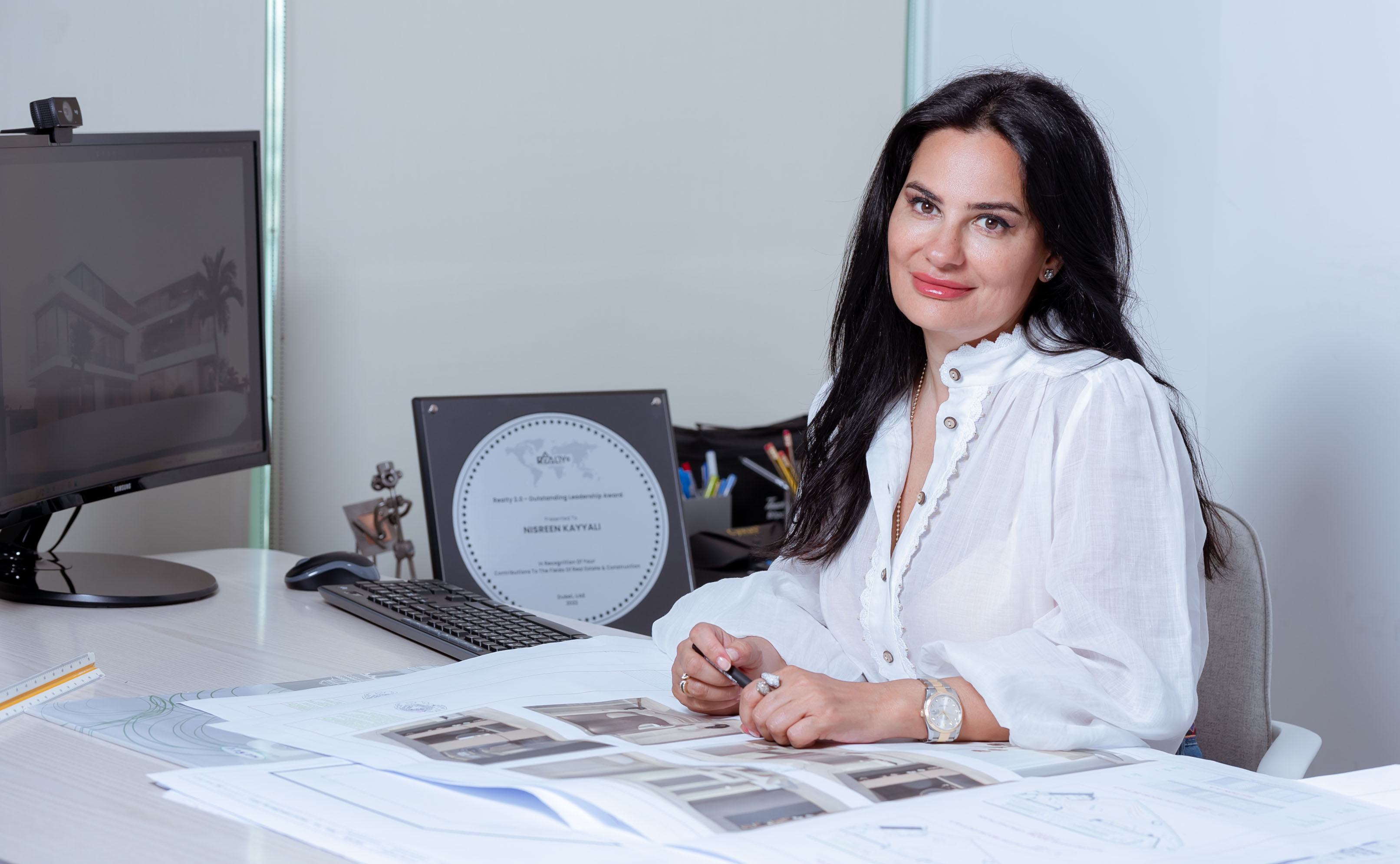
Where do you start when designing a house? Do you already have ideas in mind? Or do you begin with the client’s input?
I always begin with my client’s input because I’m designing the house for them. I have multiple discussions with my clients at the start of every project and ask as many questions as possible. This ensures that once we complete the design and building process, the client can see that it was tailor made for them and is exactly what they wanted. Therefore, taking their needs, the styles they like, and their own private way of living into consideration is therefore crucial for every project.
What challenges have you faced until now and how did you overcome them?
Challenges are ever present in our line of work, whether it’s a new project with very specific requirements or an ongoing one. But at the end of the day, what’s important is how we overcome them. I always start by understanding the problem better, by constantly learning new things, and by hiring the right people who can take the long view, so problems don’t arise in the first place.
How much do the unique aspects of Islamic culture and Middle Eastern history influence your designs?
The unique aspects of Islamic culture and Middle Eastern history massively influence our designs. Our culture is very different from that of Europe, or anywhere else for that matter. When we create a structure, taking the local culture into consideration is a big step. The end result is different from the design sensibilities of Europe, but very modern and contemporary in its own unique way.
What projects are you currently working on?
We are concentrating more on luxury projects at the moment. These initiatives are much bigger compared to the standard villas and other residential structures that we’ve taken on in the past.
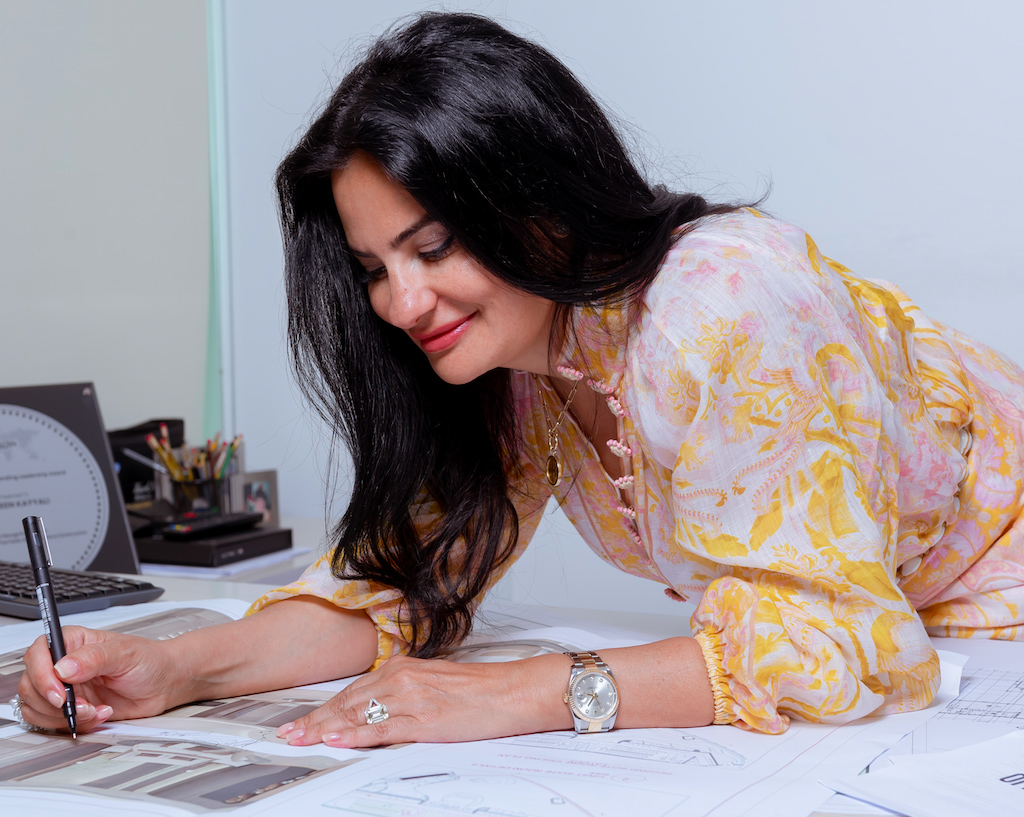
Do you feel like you are still growing? Also, what inspires you to continue doing what you do?
Even the simplest things around me can serve as an inspiration like a natural landscape or a discussion on aesthetics with a friend or coworker. And I’m definitely still growing, both personally and professionally. The day I stop growing is the day I should stop working. I can’t put a lock on my mind and creativity. As long it flows and gives me a reason to get out of bed every day, I will continue to give my all to my business.
Name your favorite …
Book: The Secret
Building: Fallingwater, a house designed by the architect Frank Lloyd Wright.
Movie: The Infinite Happiness and The Architect.
What needs to change in the field of architecture according to you? How do you imagine the future?
From what I’ve seen, a university degree alone is no longer sufficient to become a successful architect, especially in the Arab world. People are investing huge sums of money and hiring architects to create high-quality structures. But, the outcome isn’t always what they want.
This usually comes down to the incompetence of the architects involved. I think there should be a board or accrediting/testing body, as is the case with medical and law graduates. They can evaluate the skills and knowledge of new entrants into the field. This way, only well-qualified architecture pros would be able to practice their craft and take on projects.
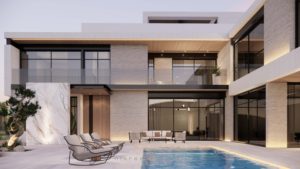

How do you perceive yourself as a woman in architecture, especially in the Arab world?
Gender is of no consequence in my field. What matters is the results you bring. Honestly, I have never faced any problems as a working woman, despite being in a male dominated field.
Ideally, I would like to be known as a top-rated “architect” in the region rather than as a “woman” in this field. But my hope is that more women would take up architecture as a profession because we have so much to offer and new perspectives to bring.
Have you ever found yourself struggling with work-life balance? How do you manage it?
I do struggle at times with lots of overlap between my work and personal life. However, when that happens, I try to take a step back and rearrange things so that I can give everything the right amount of time. I’m generally quite good at prioritizing what is important in my life.
If you don’t find the right balance between work, enjoying life, and spending time with your family and friends, then this can adversely affect your work. For exceptional and consistently high quality of output and productivity levels, one needs to feel happy and relaxed which is why, in my opinion, work-life balance is very important.
If there was one skill that you could recommend to a young architect to absolutely master during school, what would that be and why?
I think I would like them to develop a better understanding how things are done ‘on the ground’. Most young engineers and architects know how to design on paper, but are not entirely knowledgeable about how implementation is done on site. So, I would recommend that they go to sites more often. They should also develop an understanding of the electro-mechanical aspects of a structure to get a more holistic view of how a project is progressing.
What is the most misunderstood part about running a successful business?
It’s all about balance. When you’re running a company, you have to wear multiple hats in order to succeed. If you take my case for example, I’m a business owner but then I’m also the chief architect and designer. Moreover, I am always dealing with clients personally. Having said that, you must know what to delegate to your team and what to take care of yourself. You should always maintain the right balance between managerial ability, design competency, and social skills.
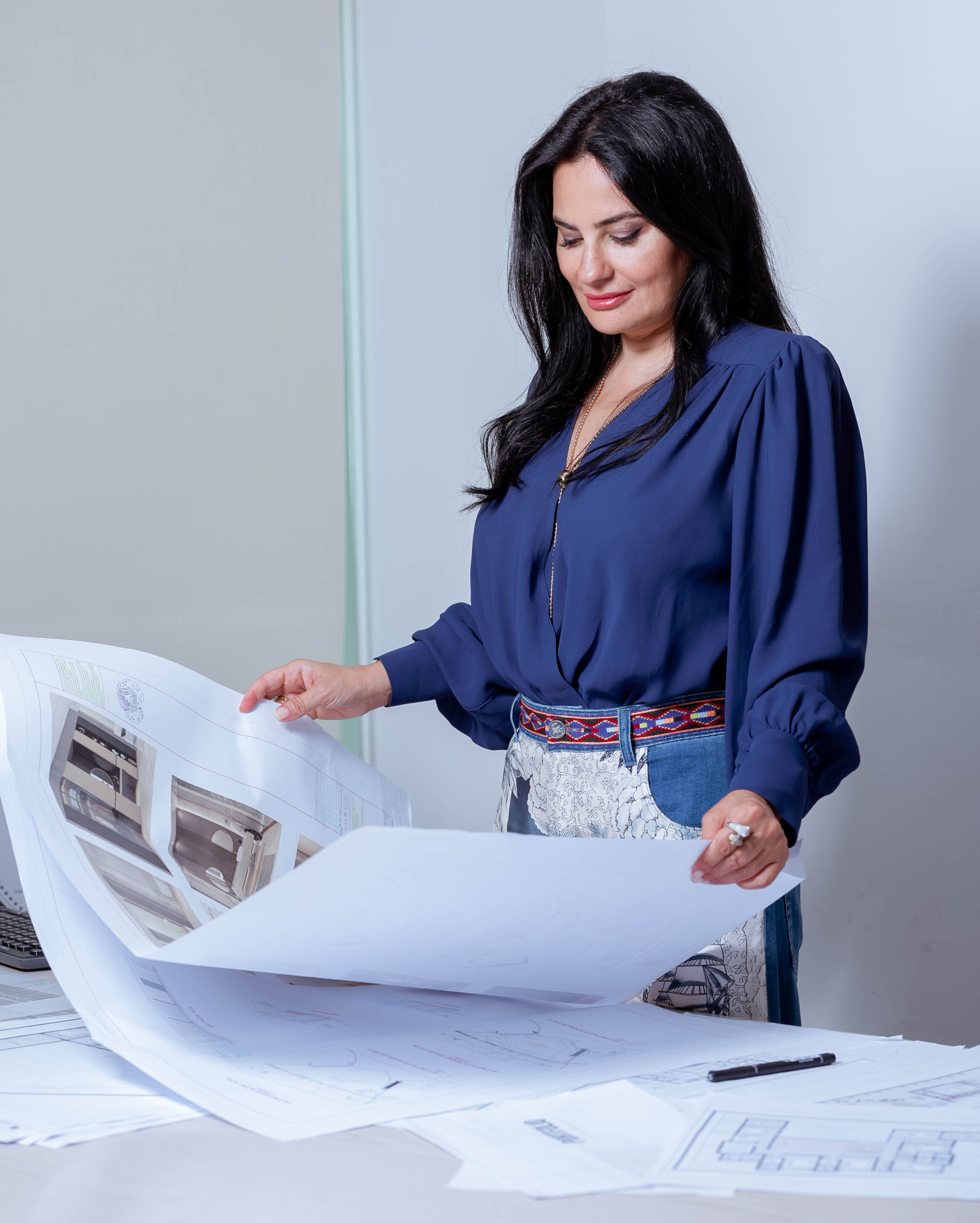
Anything you would like to design that you haven’t so far?
I really want to design a school. I am yet to work on a school project and would love to get my hands on one.
Your definition of true power in one sentence?
True power, for me, is “being focused.” When you are fully focused on your goals, you can achieve anything you put your mind to.
The COVID-19 pandemic brought new sets of challenges and opportunities. What have you learned during this time, and how would you lead differently given the benefit of hindsight?
Remote working, though a blessing for many, has also been one of the biggest challenges brought about by COVID-19, particularly for our industry. On the one hand, it opened new doors of opportunities for us but on the other, certain businesses also struggled during lockdowns.
Although I’m not working remotely now, having the right tools certainly helped me. I can easily work with clients that are located far away and in different geographies. We don’t need to meet in person. This is something that we were familiar with, but never practiced before COVID-19. And now that we are doing it, this is one important benefit. However, it may not always work for other architectural service providers that need to have their teams present on site.

Are there any important words of wisdom that you would like to share with fellow women leaders who are leading the charge for sustainable development?
Be persistent, resilient, and never second-guess yourself. Take calculated risks and go after what you want with courage.
Your message for us at CP magazine.
I am extremely passionate about supporting female-led businesses and encouraging more women in leadership. My message to you would be to do everything you can to support female entrepreneurship and gender equality in general. It’s crucial for environmental and economic sustainability not just in this region but across the globe. The word of an esteemed publication like yours carries a lot of weight and I firmly believe that it can make a significant difference.
https://www.instagram.com/nisreenkayyali/
